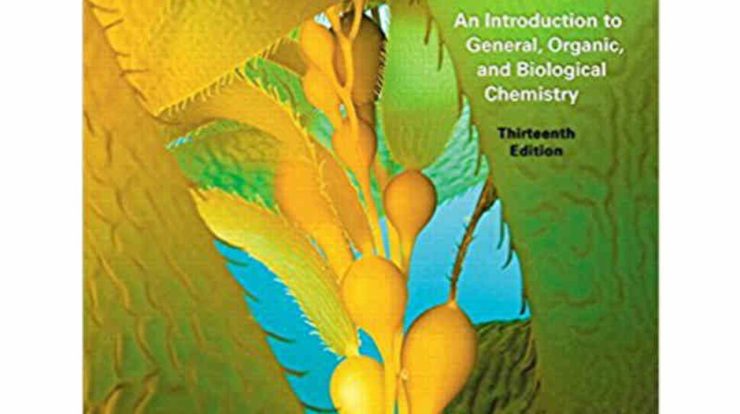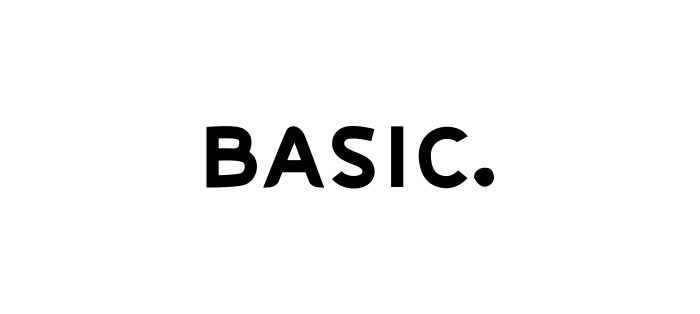Embark on a scientific expedition with our Names & Formulas for Ionic Compounds Worksheet, a comprehensive guide that unravels the intricacies of ionic compounds. Delve into the fascinating world of chemistry as we explore the rules and techniques for naming and formulating these essential compounds.
Throughout this worksheet, you’ll discover the fundamental principles of ionic bonding, enabling you to confidently navigate the nomenclature and formula writing of ionic compounds. Prepare to enhance your understanding and master the art of ionic compound chemistry.
Introduction: Names & Formulas For Ionic Compounds Worksheet
The purpose of this worksheet is to provide students with practice naming and writing formulas for ionic compounds. Ionic compounds are formed when a metal loses one or more electrons to a nonmetal. The metal becomes a positively charged ion, called a cation, and the nonmetal becomes a negatively charged ion, called an anion.
The two ions are attracted to each other by their opposite charges, forming an ionic bond.
Ionic compounds are typically solids at room temperature. They are usually hard and brittle. Ionic compounds are soluble in water, and they conduct electricity when dissolved in water.
Names of Ionic Compounds
The rules for naming ionic compounds are as follows:
- The cation is named first, followed by the anion.
- The name of the cation is the same as the name of the metal.
- The name of the anion is the root of the name of the nonmetal, followed by the suffix -ide.
For example, the ionic compound NaCl is named sodium chloride. The cation is Na+, which is the sodium ion. The anion is Cl-, which is the chloride ion.
Formulas for Ionic Compounds
The rules for writing formulas for ionic compounds are as follows:
- The formula for an ionic compound is the chemical symbols of the cation and the anion.
- The subscripts in the formula indicate the number of atoms of each element in the compound.
For example, the formula for sodium chloride is NaCl. The sodium ion has a charge of +1, and the chloride ion has a charge of -1. The subscripts in the formula indicate that there is one sodium ion and one chloride ion in each formula unit of NaCl.
Practice Problems
- Name the following ionic compounds:
- KCl
- CaO
- Al2O3
- Write the formulas for the following ionic compounds:
- Sodium bromide
- Magnesium oxide
- Aluminum chloride
Answer Key
-
- Potassium chloride
- Calcium oxide
- Aluminum oxide
-
- NaBr
- MgO
- AlCl3
Detailed FAQs
What is the purpose of this worksheet?
This worksheet provides a comprehensive guide to understanding the names and formulas of ionic compounds, enhancing your knowledge of ionic compound chemistry.
How do I use this worksheet?
Work through the worksheet sequentially, studying the rules and examples for naming and writing formulas for ionic compounds. Practice problems are included to reinforce your understanding.
What are the benefits of using this worksheet?
This worksheet helps you develop a strong foundation in ionic compound chemistry, improving your ability to identify, name, and write formulas for these compounds.


